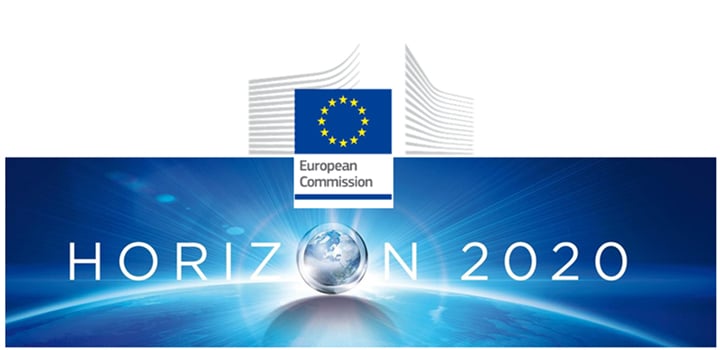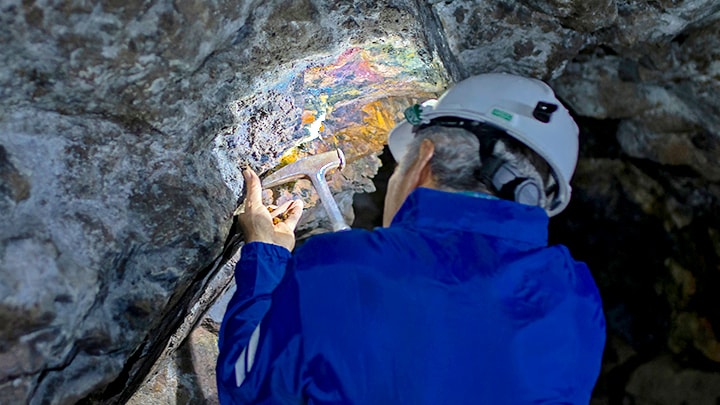Though inventor Nikola Tesla dreamed of wirelessly harnessing “free energy” from the Earth and its
atmosphere in the early 1900s, the reality of our experiences with electric devices has always
involved batteries or cords. This, in turn, has limited how flexibly, expansively and reliably
we’ve been able to integrate devices into our lives, as anybody with a spent battery or too-short
extension cord will attest.
Together with researchers and engineers from universities, research organizations and other
companies, NXP is participating in a multi-year project called REINDEER, which is intended to
develop smart connectivity technologies for resilient interactive experiences, with perceived zero
latency and uninterrupted availability as the result of downtime no longer being required to
recharge or to accommodate location limitations from being tethered to a cord.
The goal is to eliminate the use of plugs or batteries for all connected devices, whether in our
pockets, smart homes, factories or streets.
Such solutions will rely on highly efficient energy and connectivity availability matched with
extremely low energy used for localized processing (at the edge). It will unleash new
opportunities for smart devices in smart homes, businesses and transportation that aren’t
dependent on batteries or tethered to cords.
Ulrich Mühlmann, senior principal engineer and group leader at NXP Semiconductors, is leading
NXPs' role
in this innovative research project. “The technologies developed in the
REINDEER project will
set the next milestone for future industry, health and smart homes connectivity technologies. To
make them more secure, highly energy-efficient and to enable new user experience.”

At its core is radio frequency radiation, or RF, which is commonly used to connect mobile phones
and satellite communications systems and has traditionally been used for broadcast TV and radio
transmissions. Since the mid-2010s, technologies have emerged that can convert RF to usable
current for powering devices, also known as “harvesting.”
But there have been multiple challenges to putting this innovation to work, most notably that
receiving antennas had to be long and closely oriented toward the power source, and then realigned
if either the device or source moved.
NXP is analyzing enhanced energy harvesting capabilities at the low end of the spectrum (RF energy
has lower energy than visible light) and exploring ways for devices to operate with zero stored
energy. Imagine electricity as something devices “tune into” like they do to digital content,
at least conceptually. Key to this innovation is overcoming the alignment challenge and enabling
multi-frequency/multi-band harvesting in commonly used off-the-shelf zero energy devices (such as
UCODE, RAIN or RFID), so more devices can be easily added to systems. The traditional challenge of
antenna size needs to be overcome.
Further, NXP is applying its established expertise in low-energy use and energy management so as
to make the connected devices work as efficiently as possible and thereby minimize the energy
demands on the system. We’re also looking at using spatial signatures for authentication of
devices, so the system would literally “see” where and what they might be.
If successful, the implications could be significant for enabling efficient real-time
interactivity with zero latency and uninterrupted availability. Imagine robust smart systems that
connect wirelessly and are always ready to not just respond “on demand” but proactively work with
you to anticipate and automate your needs. Ensuring reliable and available power could be a
significant enabler of new user experiences and benefits.
We like to believe Nikola Tesla would have been proud.
This work was funded by the REINDEER project of the European Union's Horizon 2020 research and
innovation program under grant agreement No.101013425.

To learn more about radio frequency, please visit
here.






